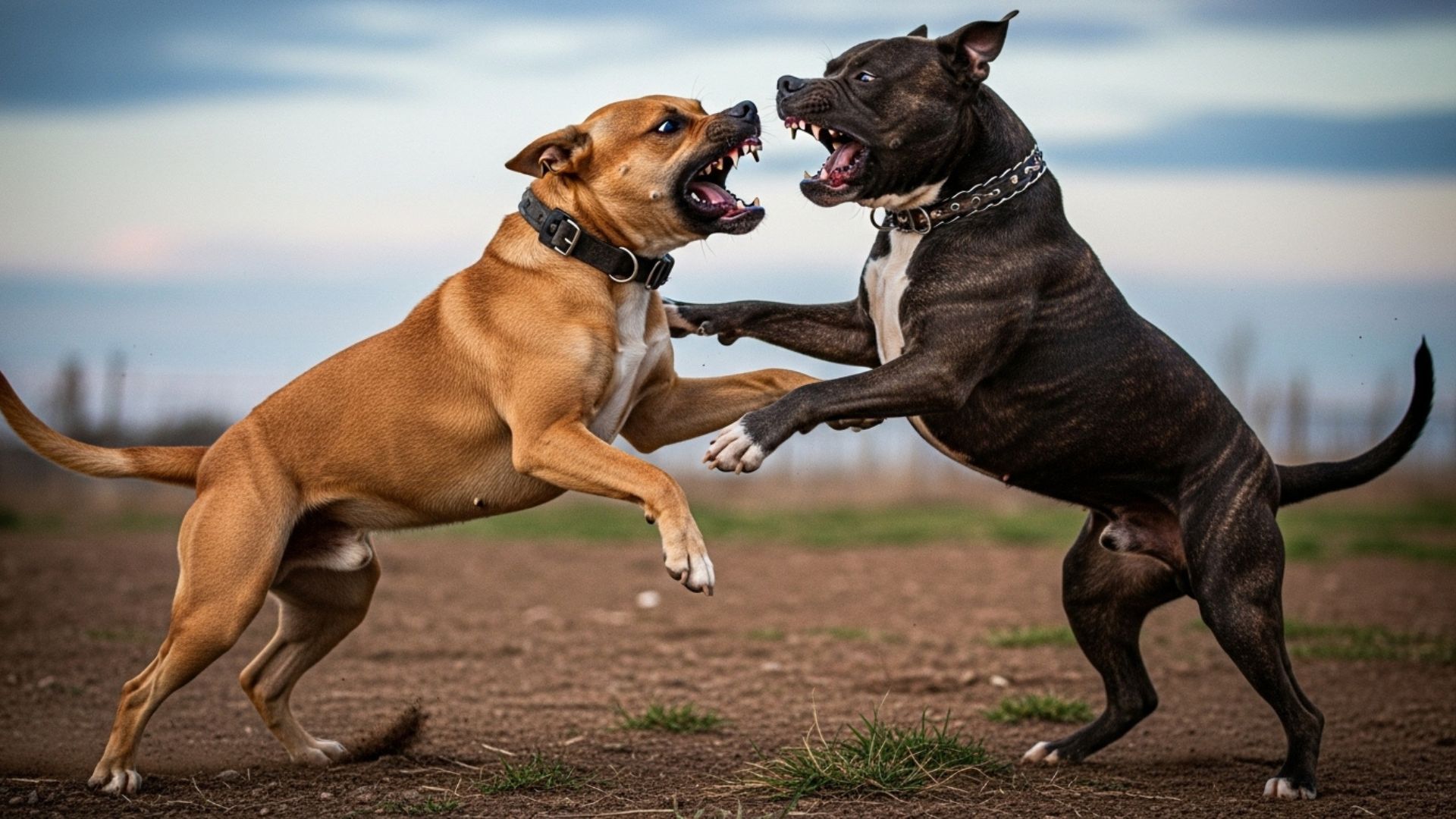Let’s take a step back in history to ancient Rome, where animal fighting was not just a sport, but a ritual. Romans believed that sacrificing and having animals fight each other could please the gods and strengthen their military.
The crowds gathered for Venationes, brutal battles held in arenas like the Colosseum, where animals like lions, bears, and even exotic beasts were pitted against each other or against armed warriors.
While Romans revered dogs, with the she-wolf being central to the myth of Rome’s founding, the practice of animal fighting, including dog fighting, still persisted. By the 13th century, this violence spread to Europe and continued until the 18th century, when it was eventually outlawed.
Sadly, animal fighting still exists in some parts of the world today. Let’s explore the history of some of the most popular fighting dog breeds throughout history.
Most Popular Fighting Dog Breeds Throughout History
1. Akita Inu
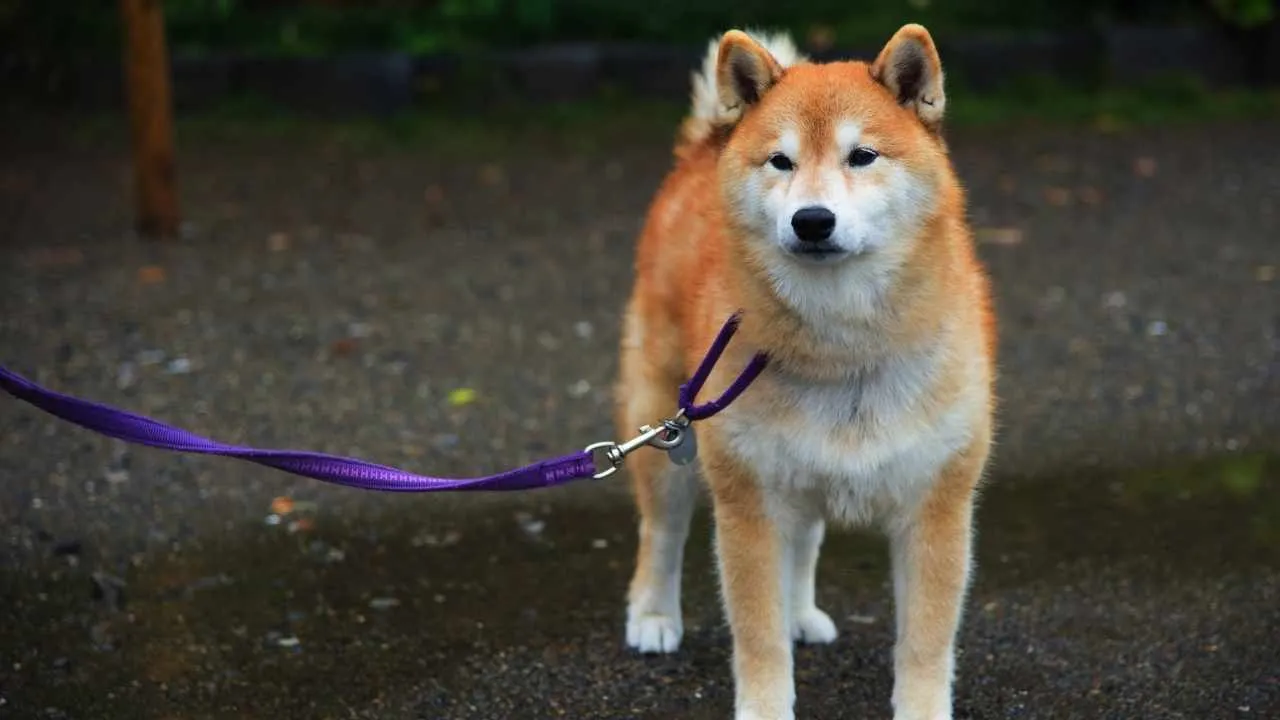
You must be thinking, why a hunting dog like the noble Akita happens to be the first-mentioned fighting dog on this list. But the reason behind lies not in the breed but in its origins. This Akita Inu is a native of Japan, where on one side it is denoted as the national hallmark breed renowned for its profound loyalty, hunting, and guarding instincts.
But on the other hand, VCA Animal Hospitals says this Japanese spitz breed originated from hunting Matagi dogs who accompanied the warriors or Samurai in their challenging endeavors.
The original Akita Inu was an agile and fearless hunter of big game like wild boar, deer, and the fearsome Yezu bear. This dog is known for a strong work ethic and stout heart.
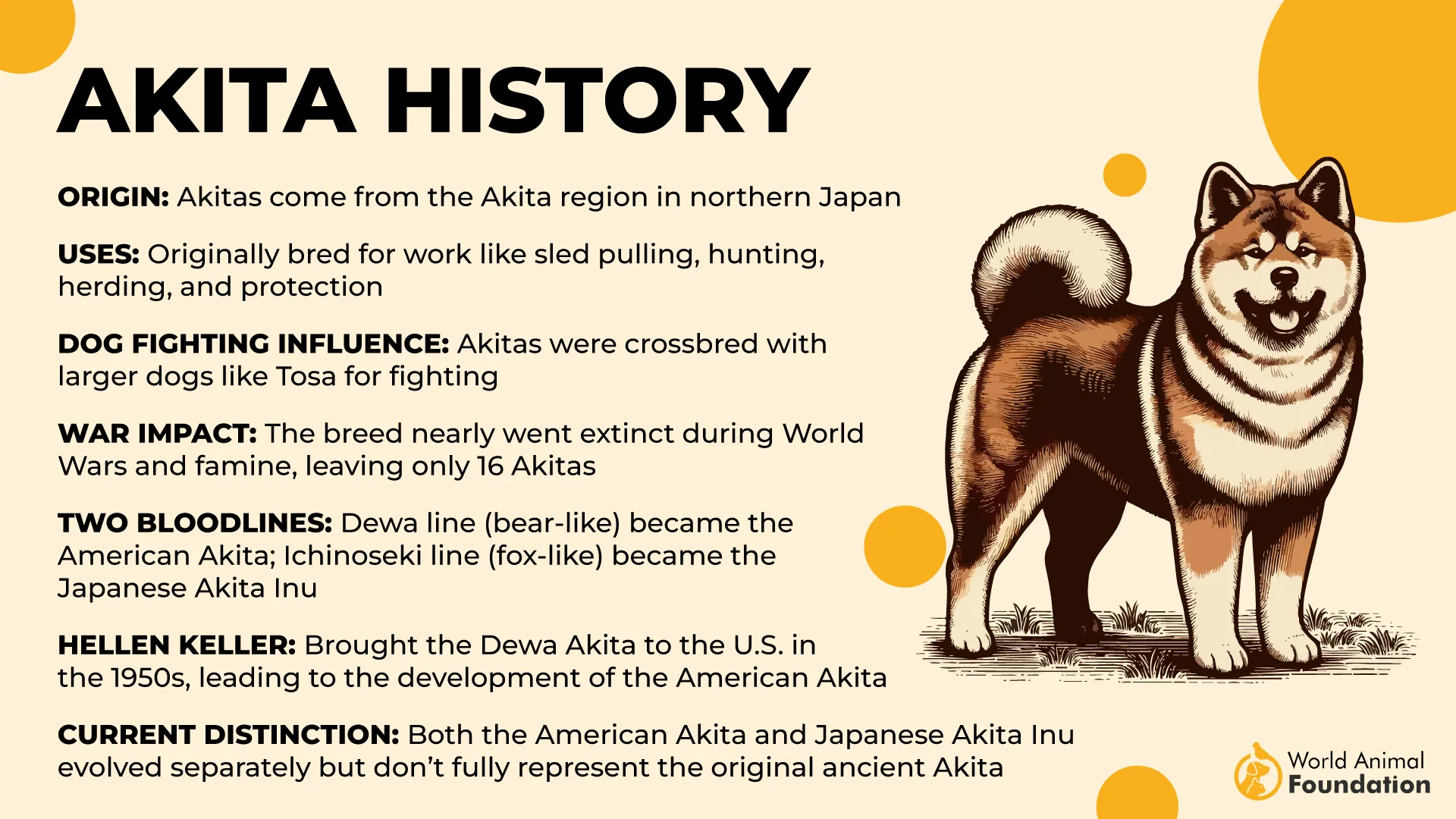
However, the strong prey drive, protectiveness towards its owners and family, and powerful territorial instincts of the Akita were exploited by people who harnessed its aloof nature and wariness and converted it into aggression and determination for wrong causes like dog fighting.
This immaculately powerful and graceful hunter can hold its own when battling with other working dog breeds.
2. American Pit Bull Terrier
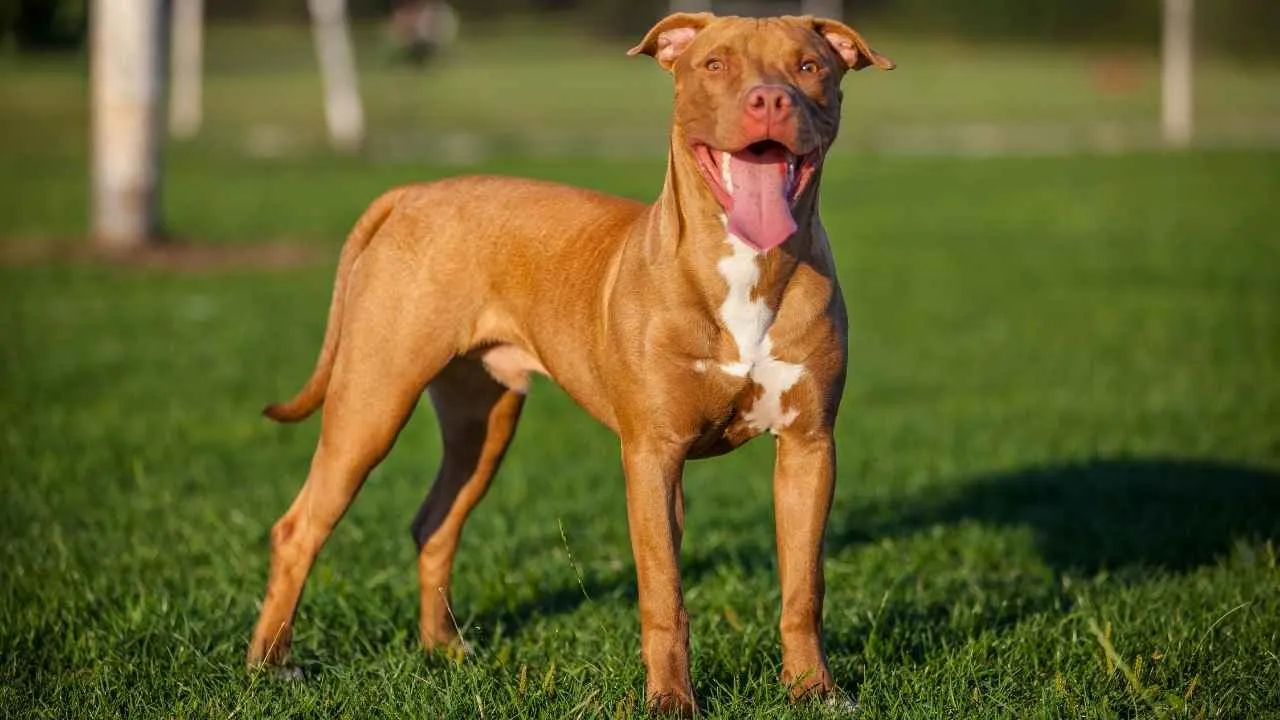
In ancient Roman times, dogs were used in bear hunts. The dogs chased the bear, and the trumpets confused it, guiding the hunters to trap the animal in a net. Pits filled with bait were also used to trap angry animals.
Pit bulls have a similar history. They were once used in bull-baiting, where dogs were set on tethered bulls in small, confined areas, much like the Roman pits. This is where the breed got its name, “Pit bull.”

PetMD notes these mixes of the old English bulldogs and terriers are also the most famous choice for dog fighting in the US.
But the shocking part is that these dogs are also known for their incredible affection and devotion towards their owners. The pit bulls are literally called nanny dogs and make great family dogs who are famous for taking care of young children.
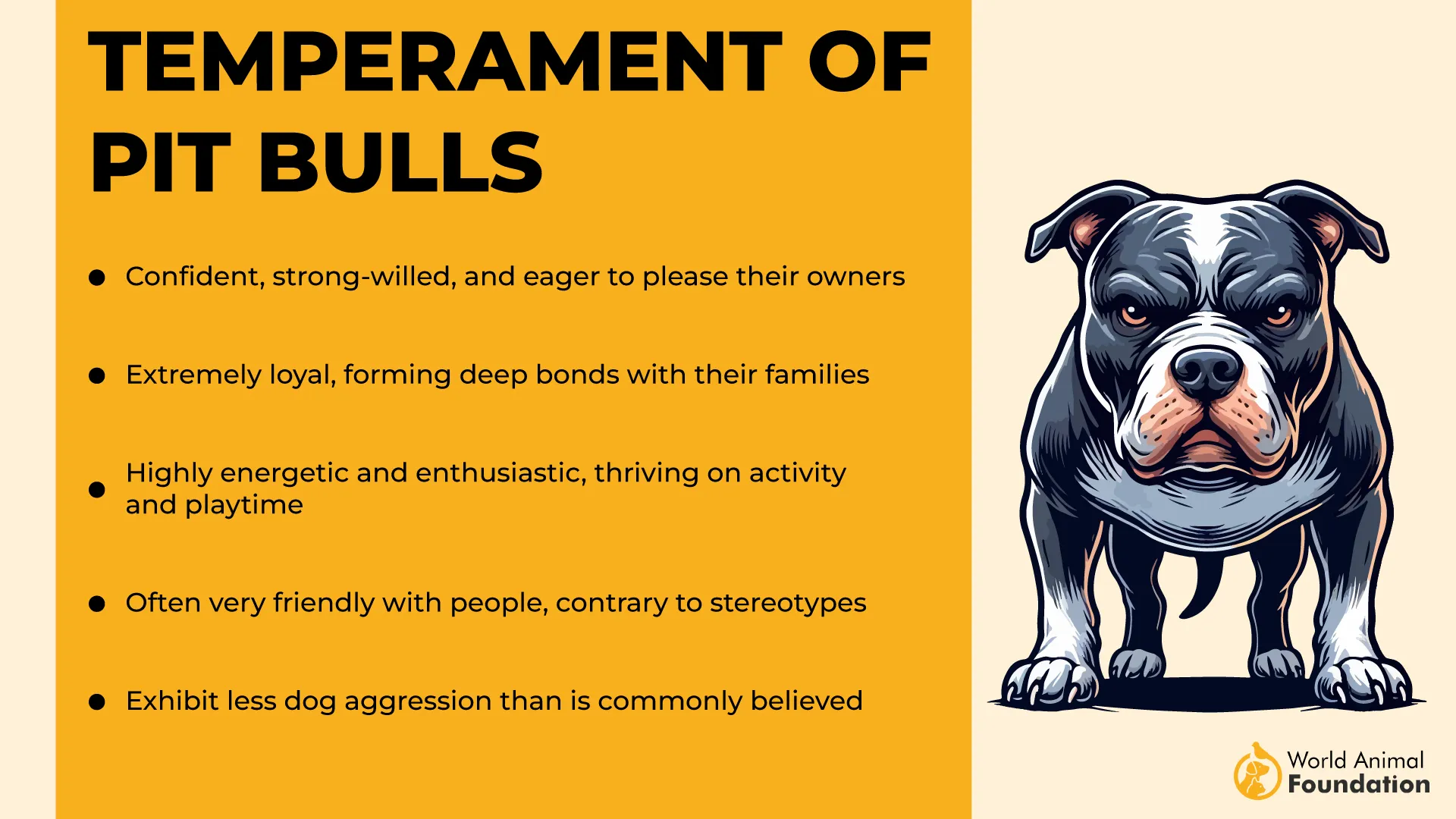
These dogs are quite versatile; they have helped their owners with farm work, are good at ratting, and also make great guard dogs. Hence, stereotyping these sweet puppies as dangerous, aggressive, or just fighting dogs is highly unfair for this perceptive and sensitive breed.
3. Bullmastiff
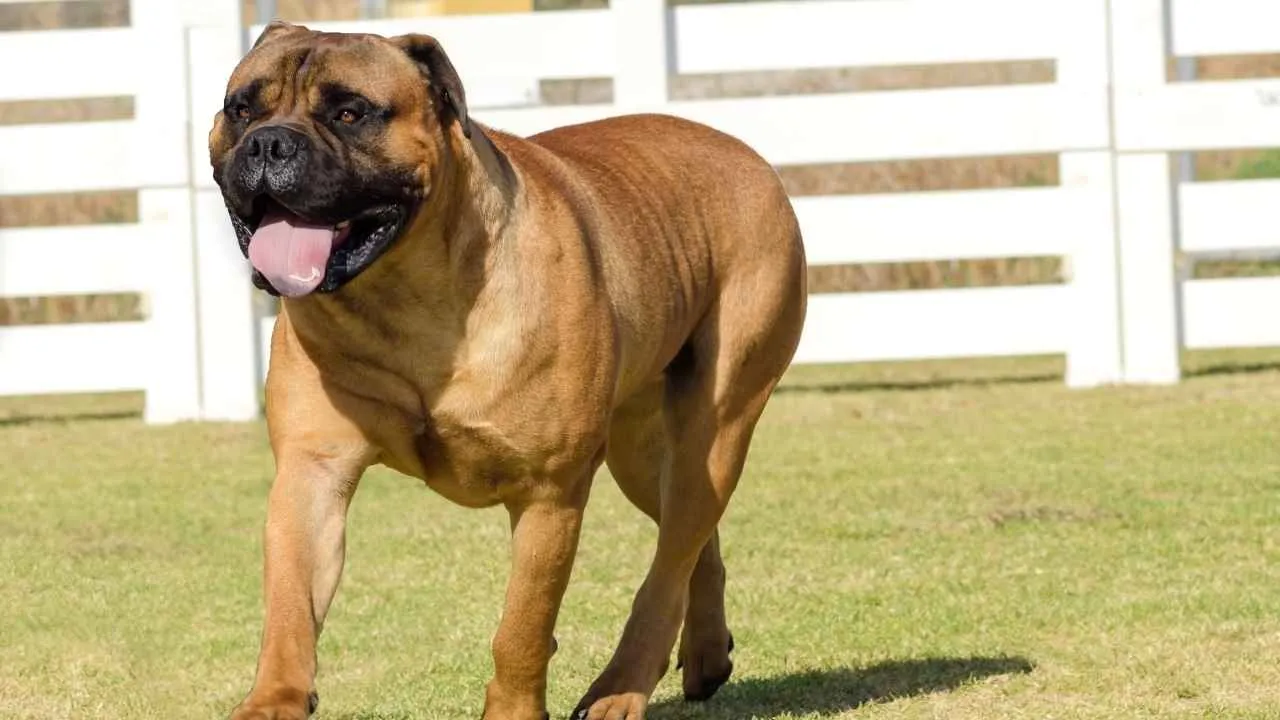
The Bullmastiff’s history is far from connected to pit fighting. It actually began with a man at a dog show in England. He brought a muscular brindle dog with a broad head and a muzzle, and offered one pound (a significant amount in the 1900s) to anyone who could escape his dog.
According to the AKC, among the crowd of skilled gamekeepers and sportsmen, a volunteer stepped forward, and the challenge began. Even with a head start, the man couldn’t escape. The muzzled dog quickly overtook him, knocked him to the ground, and repeatedly brought him down until he surrendered.
This was an early version of the Bullmastiff breed we know today.
A dog originally born and bred to enforce the game laws that kept poachers off sprawling aristocratic estates. But how did this pup with a perilous job find its way to the fighting pits? This cross of the English Mastiff and Old English Bulldog was a famous gamekeeper’s night dog.
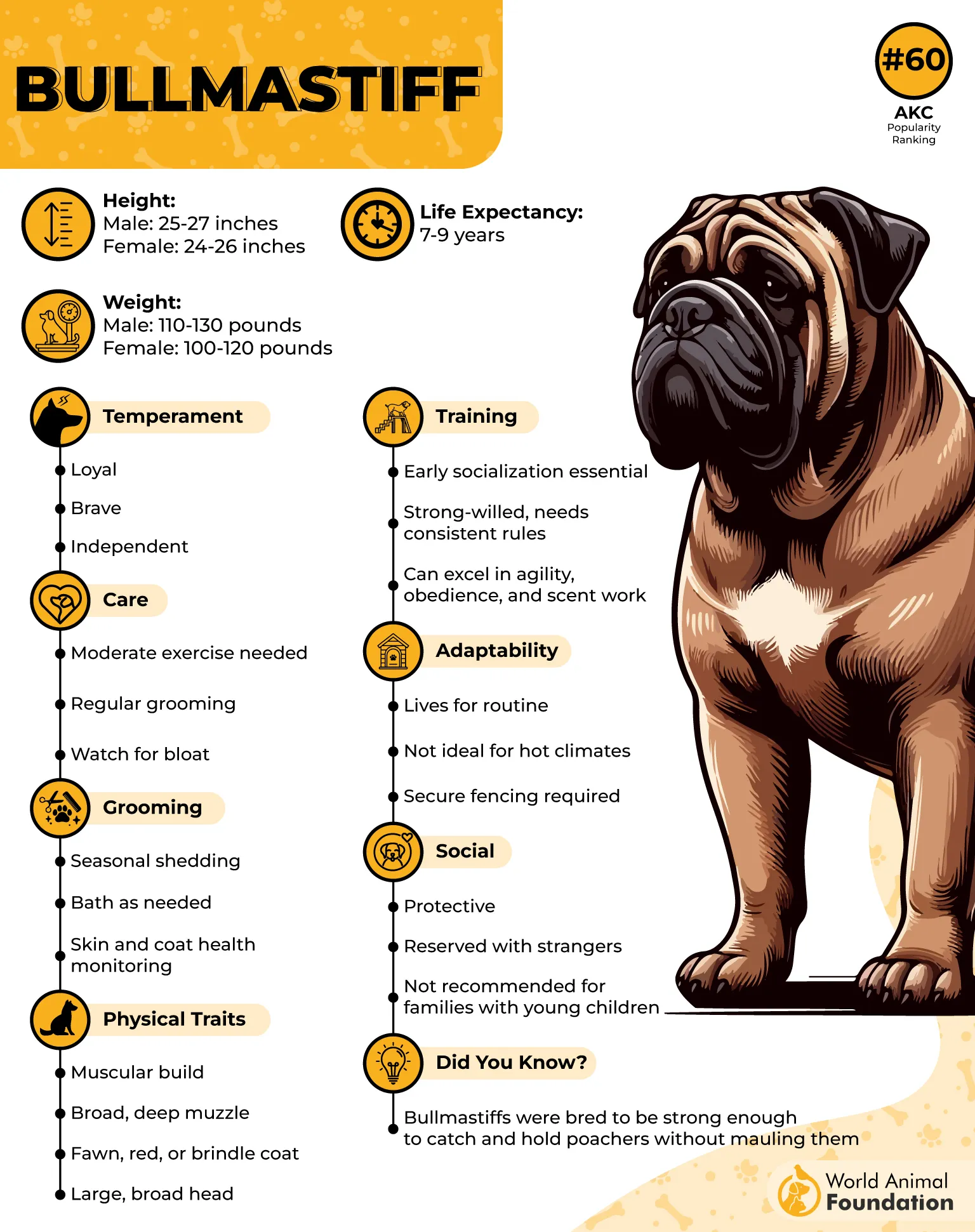
But this compact, tenacious, and fearless pup that could hurtle across short distances and topple any human threat like a bowling pin, surely had a powerful jaw, an undershot bite, and a vise-like grip from which no assailant could wriggle free.
Hence, a precise candidate for subduing other breeds, because it was adept at dealing with and catching poachers who knew the high stakes and often came armed with a dog of their own, which is the reason it was exploited in dog fighting.
4. Japanese Tosa
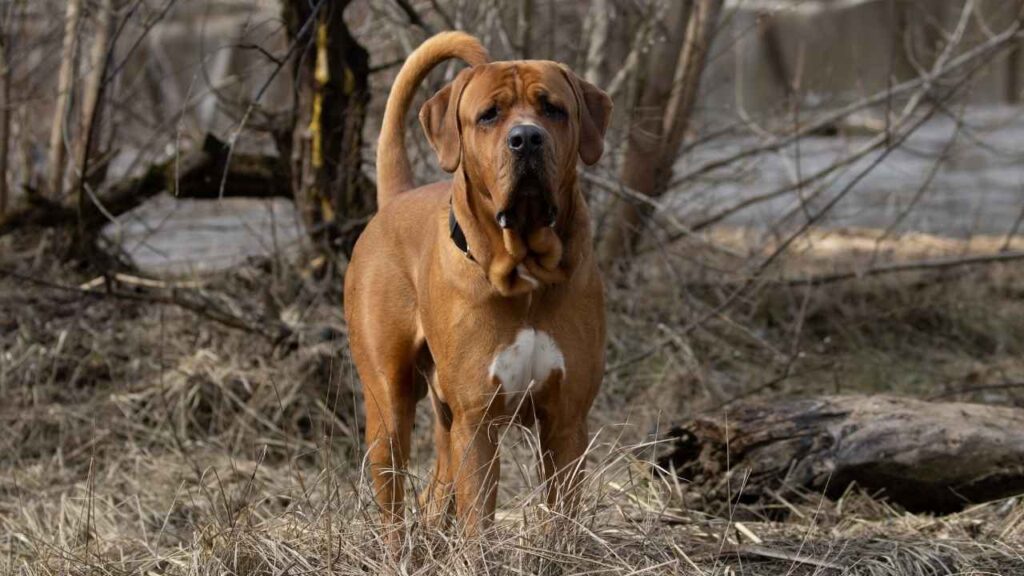
Although normally a tranquil, quiet, and obedient dog with a calm but vigilant demeanor, the Japanese Mastiff, or Tosa Inu, is one such dog that is still being used for dog fighting in its native country. This massive, large, muscular pup was originally bred in Japan as a fighting dog.
The long history of dog fighting in Japan began in the 14th century, when on the Island of Shikoku, the Shikoku Inu was famous and unequaled in the dog fighting arena before the westerners arrived. Yet shortly after the arrival of Commodore Perry in Japan in 1854. Japanese dog fanciers and dog fighters began acquiring foreign dogs to cross with their native stock.
Hence, the Tosa breed was formed as a hybrid of the Shikoku-ken and the western breed of mastiff-type fighting dogs (which are known to be Bulldogs, Mastiffs, German pointers, and Great Danes). Wikipedia states indigenous to the Tosa province (modern day Kochi Prefecture) on Shikoku this pup was named for the region it was developed in.
Filled with courage, tenacity, and athleticism, the Tosa ruled the fighting arenas of Japan and still rules the hearts of canine enthusiasts to this day. The Japanese equivalents of Sumo Wrestlers are treated with great honor and ceremony in their native homeland and are used as companion dogs and guardians of homes in other lands.
P.S. Several countries ban the ownership of the Tosa Inu or Tosa Ken, including Australia, New Zealand, Denmark, Norway, and the United Kingdom. Moreover, several states in the US have also imposed restrictions and bans on this breed due to its bad reputation for its aggressive nature.
5. Fila Brasileiro
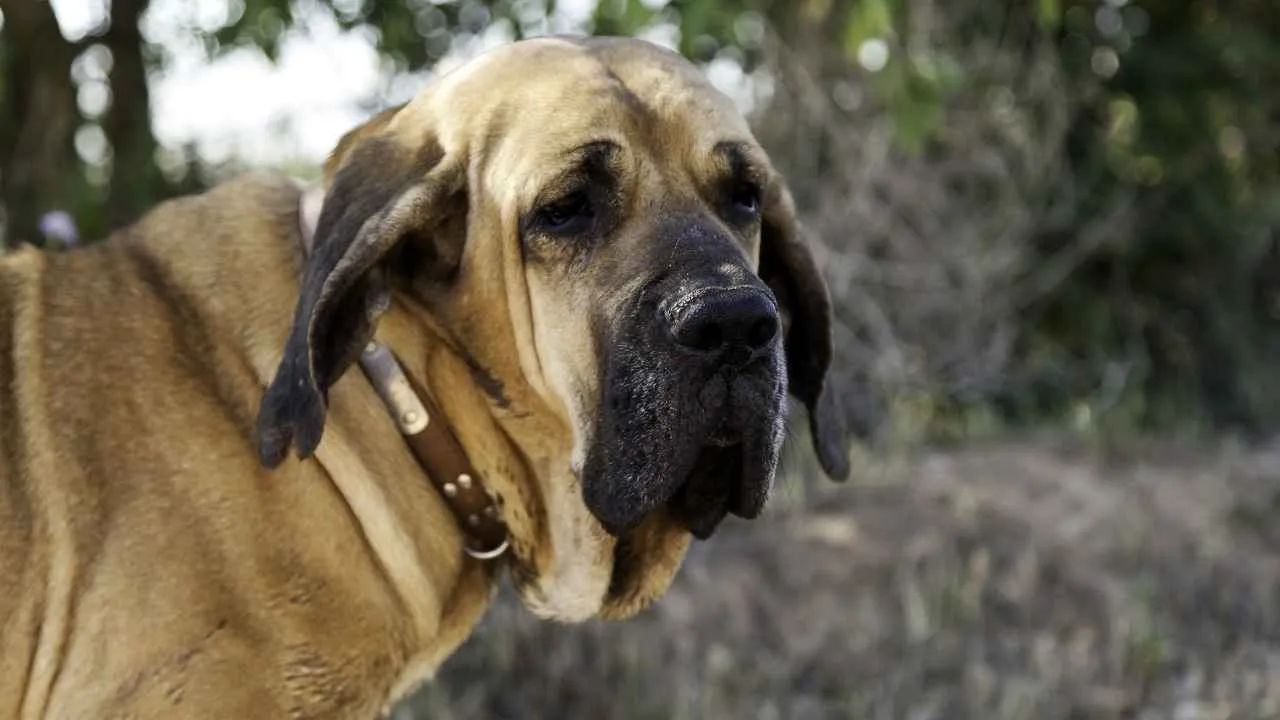
This intelligent beast is an incredible working dog and guardian that excels in tracking and catching large predators in the Brazilian wilderness. Not to mention that this rare and dangerous breed has little to no respect for other animals, dogs, or pets. Hence is a hard-to-control yet faithful guard dog that doesn’t fall into the sweet, docile, and adorable category.
People enthusiastic about adopting this fearsome breed should know that these pups thrive in the great outdoors and hate to be caged. This dog, when properly socialized and trained, can be a capable, reliable, and efficient helper around the front lines of your property, but don’t expect it to be a jolly, friendly, and playful dog who takes care and is patient with children.
These unique pups aren’t popular and were initially brought up to serve and protect. They have been chasing down cattle and tackling predators for centuries, and have a heightened sense of intelligence along with powerful, majestic bodies that are capable of solving problems.
But fans and enthusiasts of this Brazilian mastiff should know that these pups, although profoundly loyal to their pack and families, are aloof and even aggressive towards strangers. Hence, these quite active, energetic dogs with a silent temperament but mighty jaws are only ideal for experienced owners who make it a priority to earn the trust and respect of the bold and fearless Fila first.
6. Shar-Pei
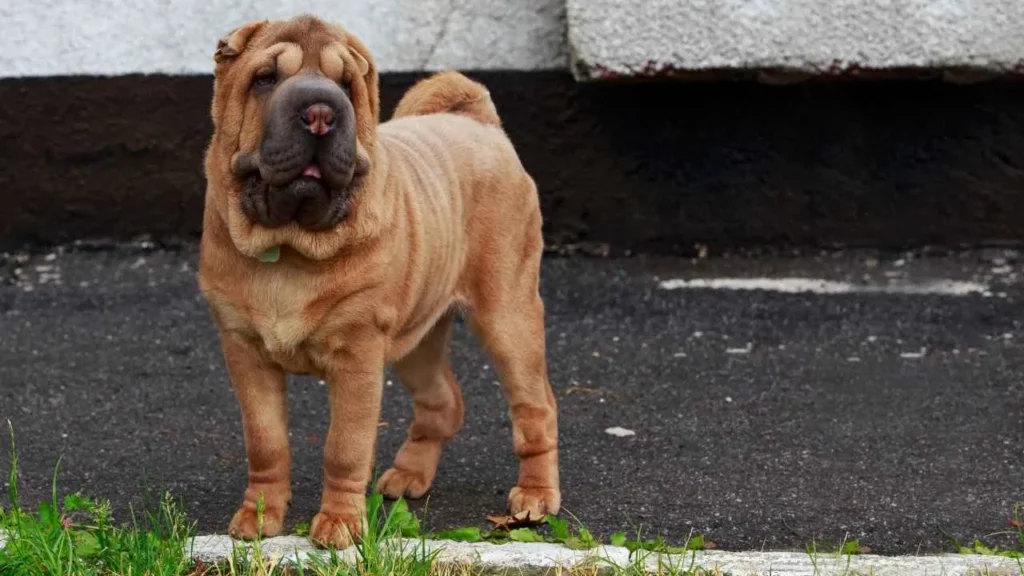
This dog with a blue tongue and endless wrinkles and folds has its own personal inbuilt armor, due to which it is a great contender for dog fighting. These Chinese Shar-pei are quite an ancient breed that is believed to have been bred by farmers as versatile working dogs. But soon ended in the fighting arenas with many other dogs.
The Shar-pei was a native of the Southern Chinese Provinces and goes back more than 2,000 years to the Han Dynasty. Where farmers employed these peasant dogs as hunters, herders, and livestock guardians against predators and rustlers.
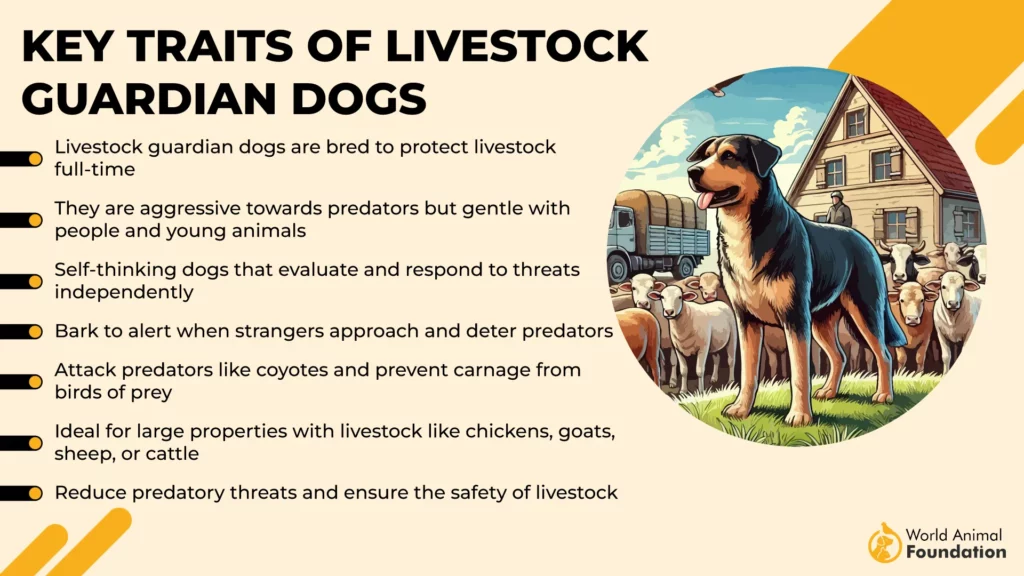
Purina notes these loyal, brave, and reliable pups with a purplish tongue and a hippopotamus muzzle are not the friendliest of canines, are calm yet fierce, and also notoriously wary about strangers, which makes them excellent guardians.
Sunken eyes and scowling expression, and blanketed by a harsh sandpapery coat, these pups prove to be a daunting opponent in the fighting ring. But the story of this incredibly rare-looking dog is also clouded with misery as the communist regime that took over China in 1949 frowned on dog ownership and systematically slaughtered much of the mainland’s purebred dog population.
Yet thankfully, a few good specimens in Taiwan and Hong Kong were preserved, which saved the endangered Shar-pei from extinction.
7. Cane Corso
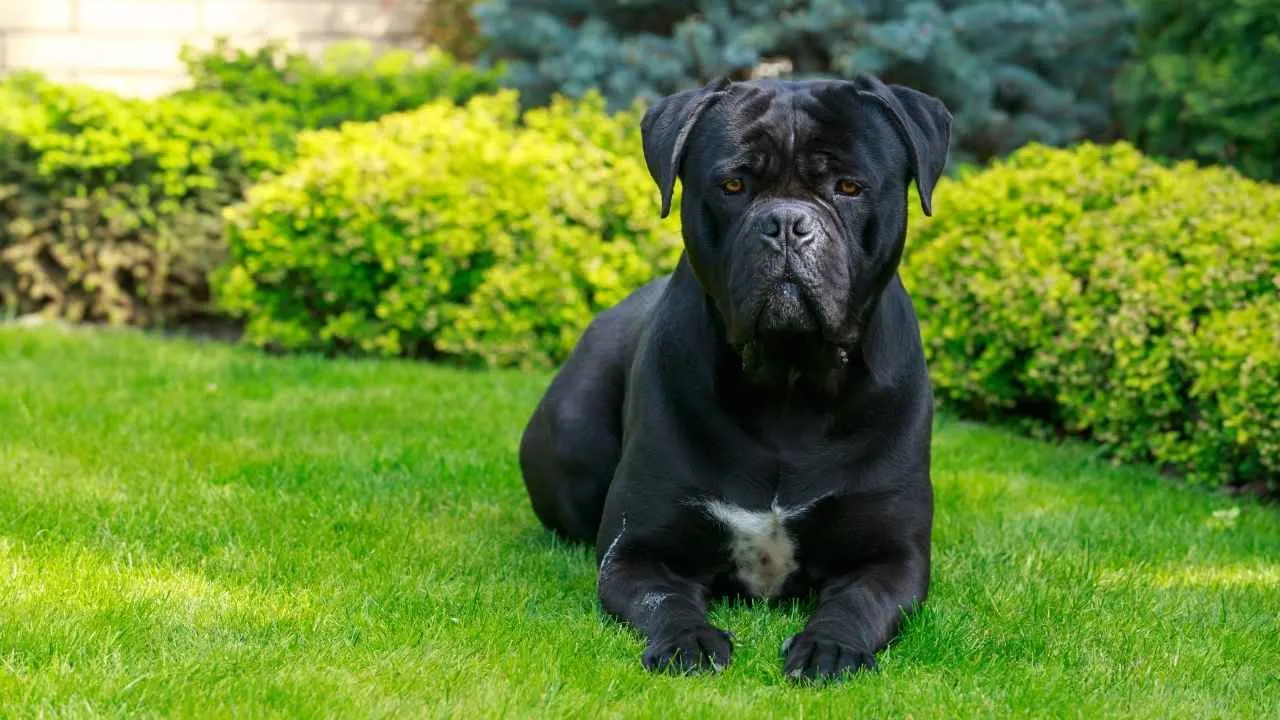
With its roots in ancient Greece and ancestry connected to the real Roman war dogs, the Cane Corso is perhaps the most intriguing and exciting entry in this fighting dog breed list. It is the direct descendant of the Molossoid or Molosser breed of big dogs, which were favored by the Greek livestock keepers as guard dogs for their animals.
These imposing, big-boned, and athletic dogs were nimble and strong enough to chase and fight off predators. The Romans became familiar with Molosser dogs at the time of their invasion of Greece in 100-200 B.C.
They took some of these dogs back to Italy, where they were interbred with the native dogs of that region, which resulted in more familiar heavy-set Mastiff-type dogs. These crosses are the ancestors to the contemporary Cane Corso and its larger relative Neapolitan Mastiff.
These dogs came to be known as Canis Pugnax, which were then trained by the Romans to go into battle along with them. These dogs sported collars and anklets with large spikes and deadly, curved blades and were sent ahead of the cavalry to wreak havoc and weaken enemy lines.
Soon these pups came to be known for their fearlessness and bravery, the daunting Canis Pugnax were also used as “Pireferi” harnessed with buckets full of flaming hot oil strapped to their backs with which they charged into the Roman opposition. It is supposed that these early Corsi were bigger and more lumbering dogs than today’s sleeker version that moves with a cat-like grace.
But did you know? Besides accompanying Roman legions into the battlefield, these Italian Mastiffs also guarded encampments and fought in the infamous Gladiatorial Arenas.
But only with the fall of the Roman Empire in the 5th century did these versatile dogs switch roles and take on more civilian jobs like wild boar hunting, farming, livestock droving, and most famously guarding farmsteads and henhouses.
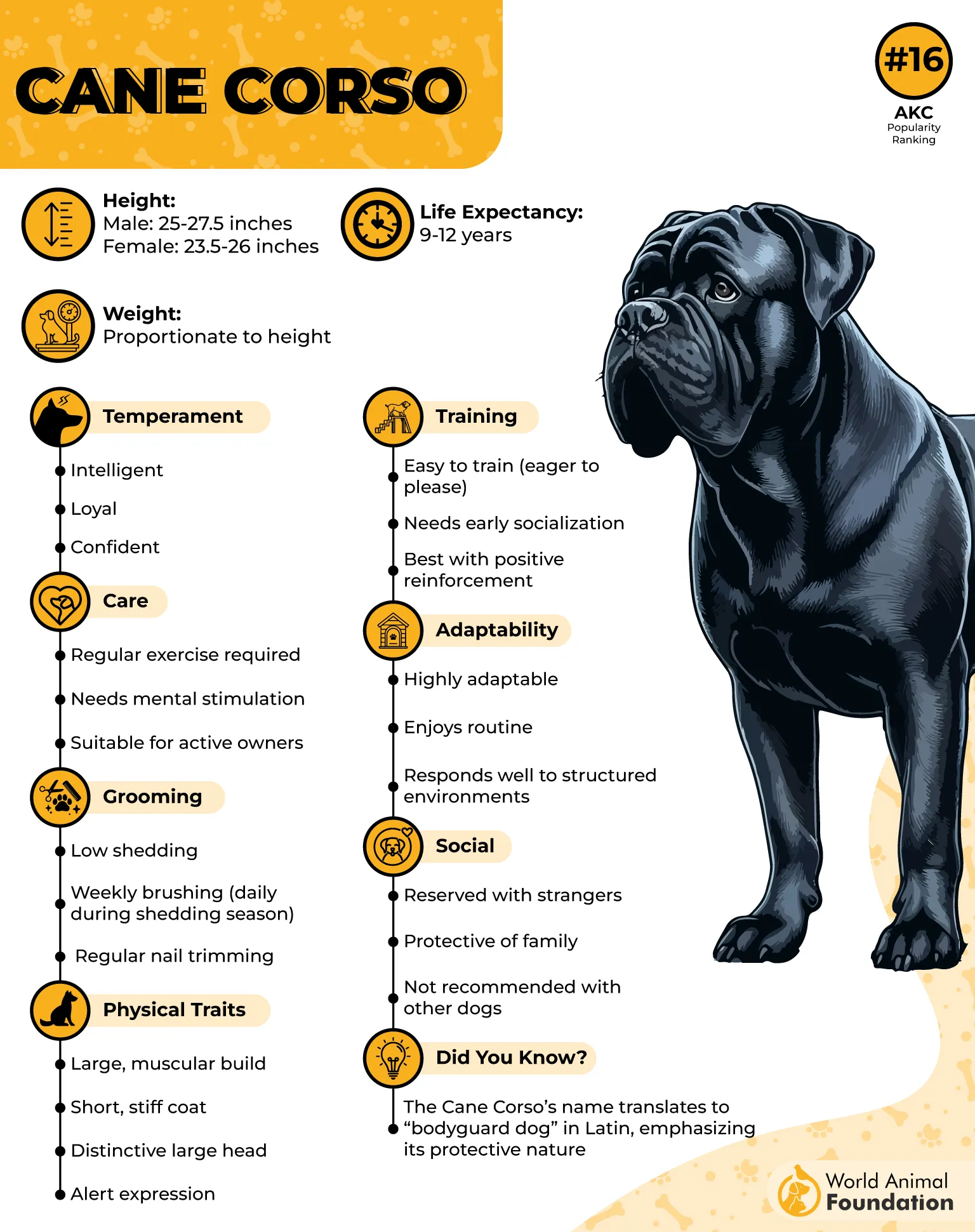
During the World Wars, the role of the Bullmastiff, once a guardian of the courtyard and bodyguard dog, shifted. With the decline in the need for working dogs on farms and pastures in the Italian countryside, the Corso, once a common sight, faced a sharp decline in numbers.
By the mid-20th century, the breed was on the brink of extinction. Fortunately, a group of passionate Italian fanciers stepped in to revive this magnificent ancient breed.
Conclusion
Animals pitted against each other or angry animals unleashed on a prisoner with a death sentence, this gruesome and brutal bloodsport, dog fighting, enthralled ancient Romans. The reason for this was anything from honoring a deity like Diana, the goddess of the hunt, to celebrating an anniversary, or rejoicing in a prominent wartime victory. The Venationes marked a monumental occasion like a wedding, funeral, or even the coronation of an emperor.
To the surprise of many readers, these four-legged companions that used to take up much space in the pits with their powerful aura and fearsome nature were renowned for the danger only they could bring. Also made indescribably loyal and loving bonds of companionship with their humans, and are known to be the most affectionate dogs to this day. Yet many insurance companies and most countries do not approve and have banned their ownership and existence due to their long history of aiding armies and fighting in pits.
However, these highly protective dogs from medieval England and Rome aren’t a complete lost cause. They are intelligent than other dogs and with proper training and positive reinforcement, can be tamed into the most wonderfully faithful and disciplined canines due to their strong instincts.
Hence if you are keen about owning one of these breeds make sure that you are adopting single male dogs or a pair because they are pretty possessive about sharing their territory with another dominant males and explore many breeds like the Tibetan mastiff, German shepherds, Siberian huskies, american bulldogs, american Staffordshire terriers, Dogo Argentinos, English mastiffs are so many more incredible puppies.


